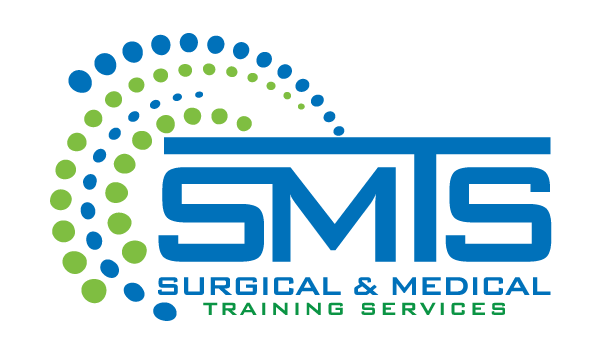Millions of men and women get Botox treatment every year. Because the effects of this injectable last only 3 to 6 months, you could say that hundreds of thousands of treatments are conducted on a weekly basis. Botox Cosmetic has been around since 2002. That’s a long time for studies and clinical usage to point to the various finite details we need to know. It’s also ample time for practitioners to become complacent. Here, we want to point out some of the mistakes that are possible with Botox in hopes that we can help you avoid them through proper training.
Overtreatment
This may be one of the mistakes that are most feared – not only by patients but by practitioners. To use too much Botox means to transform the face into a blank canvas; one that cannot express. There are relatively few people for whom this is the true goal. Botox is not like hyaluronic acid dermal fillers; there is no reversing the effects if a patient is not completely satisfied with their results. To avoid overtreatment, it is vital to understand exactly what your patient seeks to achieve. It’s better to undertreat and repeat injections a week later if necessary.
Drooping
Drooping is a complaint expressed by many patients who are treated with Botox. To be clear, it is a complaint when this drug is used without proper consideration for facial anatomy and patients’ habits. Individuals with hooded eyelids may be more susceptible to drooping when the frontalis muscle is injected. Effects around the eyes may be more prominent if the patient is in the habit of raising his or her eyebrows, which many people are when they are dissatisfied with a heavy brow. Care must be taken to achieve the precise degree of relaxation to avoid drooping.
Asymmetry
Every person’s facial anatomy is unique. This can pose a challenge to the Botox injector who needs to attain facial balance. In some cases, lopsided results can be mitigated by strategically adding more product. However, this takes advanced skill to worsen the initial mistake.
Just because Botox and other neurotoxins are common and widely studied does not mean they are easy. Stay up to date with your training in cosmetic injectables. Want to know how? Call SMTS – Surgical & Medical Training Services at (888) 801-9444.

